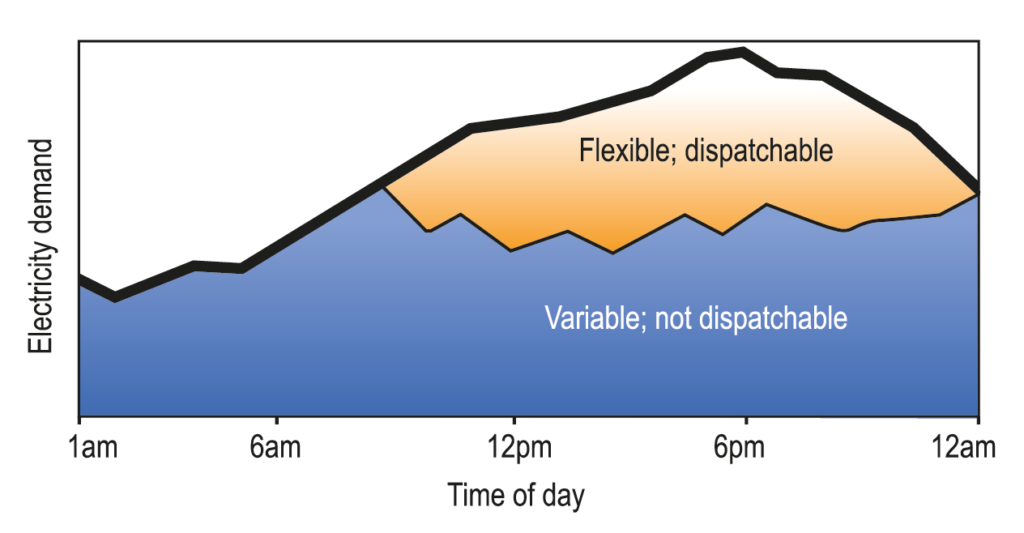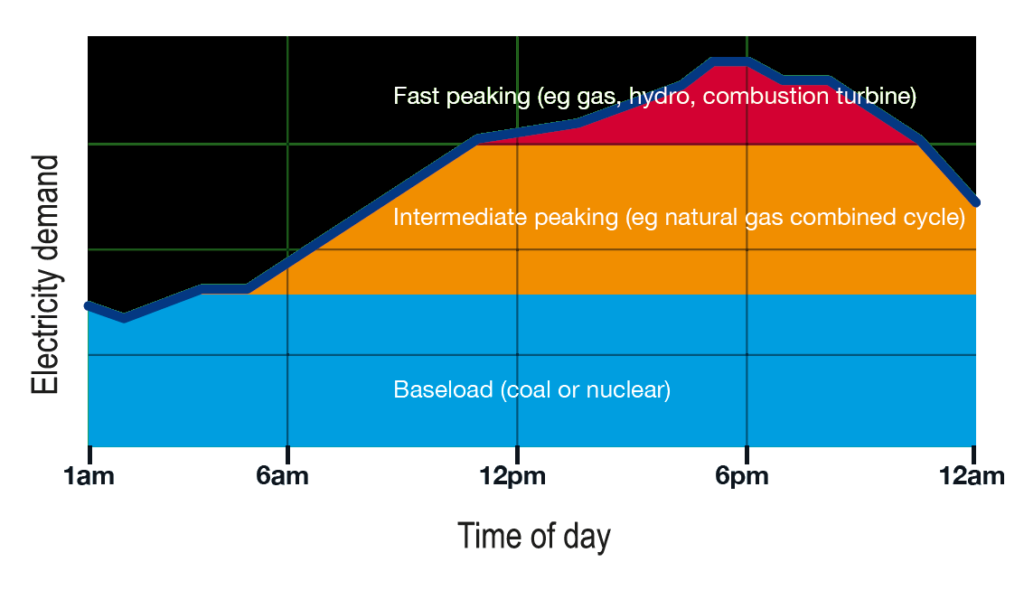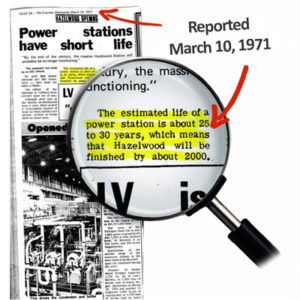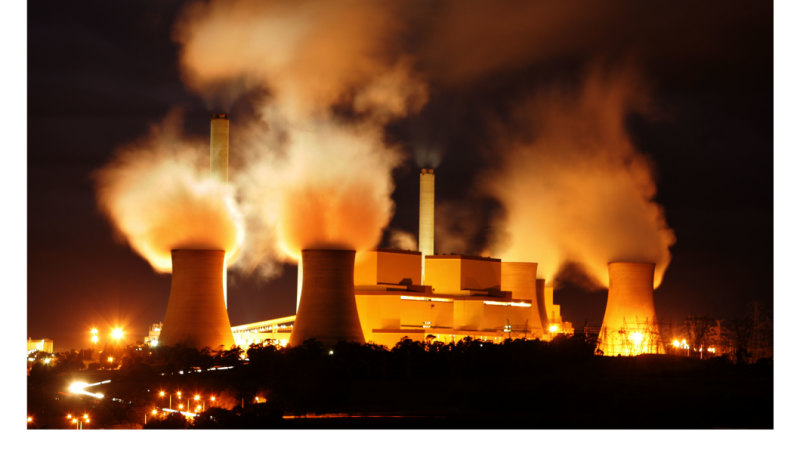In response to some media reports, the Australian Energy Market Operator (AEMO) confirmed “the closure of Hazelwood will not compromise the security of the Victorian electricity system nor the broader National Electricity Market (NEM) next summer”.
In fact, experience since Hazelwood’s closure has shown that the major risk to power security is breakdowns at other old coal power stations just like Hazelwood. Especially in the heat when their cooling systems are more likely to fail.
However the massive wind and solar construction boom underway in Victoria will reduce the risk posed by old and faulty coal power stations.
Victoria's coal-fired power plants the least reliable in the country
The Age
Victoria’s brown coal-fired power stations are the most unreliable in the country, breaking down far more often than power plants in the rest of Australia and putting the stability of the state’s energy supply at risk.
A flexible grid of the future
- Renewable energy, together with storage systems, efficiency and smart demand management can provide clean power 24/7.
- Australia’s electricity needs to move towards a more flexible grid that can better support renewable energy – where renewable energy can be transported from places it’s being generated to ones where it’s not.
- This process is already underway with the recent completion of several new grid scale batteries in Victoria
Australia’s electricity system is responsible for around a third of our national emissions, and also provides some of the best opportunities to cut emissions quickly. For this reason, we need to move towards a power system that can be supported by 100 percent renewable energy. A number of studies back this up – including, most recently, the CSIRO and the Institute for Sustainable Futures at the University of Technology Sydney.
People sometimes talk about whether renewable energy can provide “baseload” power. However “baseload” just means that a power station is most economical to run at a constant rate, rather than increasing and decreasing output. It is not, in itself a necessary element of an electricity system.
Renewable energy can reliably provide the electricity we need with a mix of power sources that are variable (e.g. wind) and those that can supply extra energy on demand (e.g. solar energy stored in batteries or salt towers or pumped hydro). Find out more about the concept of “baseload” here.
In simple terms this means we need infrastructure, including storage systems, to support a more flexible grid, which will allow the complete phase out of polluting coal power.
Graph of power demand/supply in a modern flexible grid

Electricity demand and supply in a large-scale system with a large contribution of variable renewable energy. Credit: energypost.eu.
Graph of power demand/supply in a ‘baseload’ reliant grid

Daily electricity demand and supply in a conventional large-scale system with little renewable energy. Credit: energypost.eu.



 Read More
Read More





